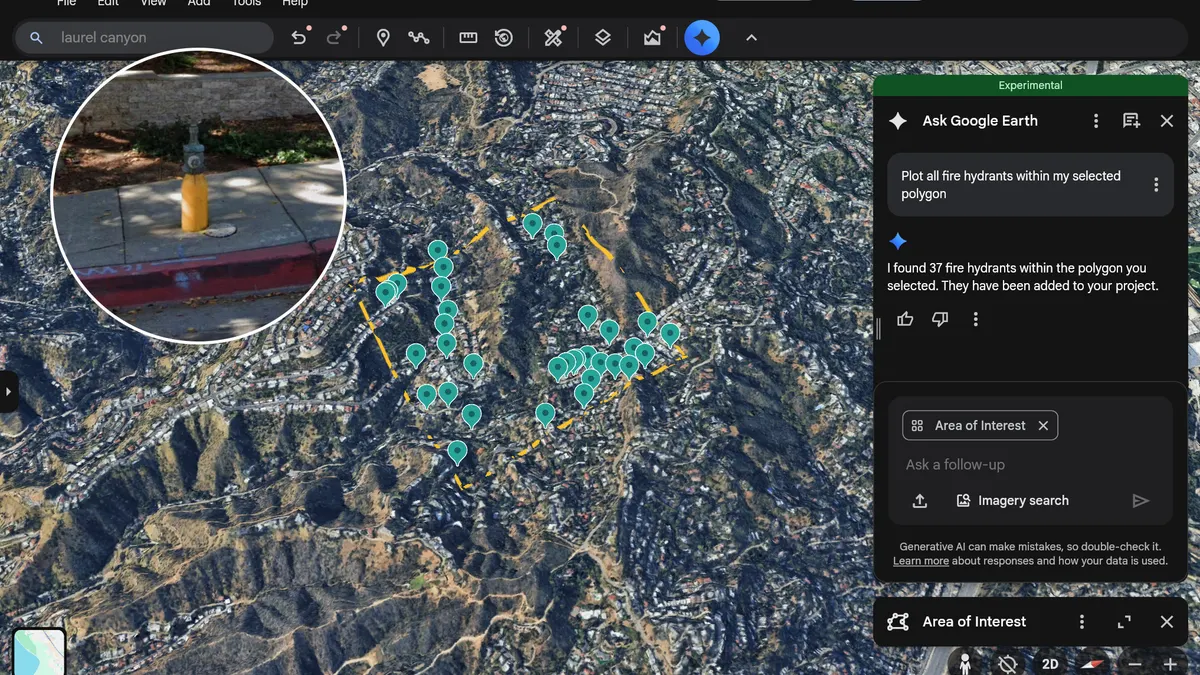"Measure twice, cut once" is a common adage for hands-on work in construction, but measuring is no less important when it comes to the business operations side of a company. Key performance indicators (KPIs) are invaluable tools to measuring how your company is doing and how it stacks up against competition.
KPIs are only effective, however, when they're properly thought through and the collected data is analyzed into intelligence to better company operations. When that happens, construction firms can reduce schedule and cost overruns, leading to higher profit margins and more winning bids.
Lagging vs. leading indicators
Traditional KPIs typically revolve around backward-looking financially oriented measurements, such as cash flow and receivables. These fall under the lagging indicator definition, which tell the story about something that already happened but that can’t be changed. A leading indicator, on the other hand, measures progress along the way and allows a company the chance to modify its practices and correct situations.
Architect Greg Gidez, director of design services at Hensel Phelps, provides an example of work being installed improperly, which frequently isn't discovered until it’s a problem. "A lagging indicator would be that something isn't in the right location and how do we now address installation to accommodate that," he said. "A leading indicator might be a process that identifies the work situation before it hits the critical path and allows the team to react and remediate the situation before it impacts the schedule."
Or, if a job has an excessive amount of requests for information, a company can look at the design-construction team to determine if it’s a communication breakdown, inefficient communication practices or a party that might be responsible for lagging performance. Once the cause of excessive RFIs is found, it can be addressed.
"Lagging indicators have gotten us to where we are," Steve Jones, senior director of industry insights research and Dodge Data & Analytics, said. "It's not that they don't work; it's just they can work better.
"Manufacturing, for example, has consciously and scientifically attacked efficiency leaks throughout [its] process," Jones said. "Similarly in construction, we're trying to garner intelligence from things we're already doing. You're already dealing with errors or omissions, but it's what you’re doing with that to turn it into intelligence to make future projects better."
Key elements of KPIs
Steve C. Tenney, chief financial officer for Story Construction, said the starting line for determining KPIs should be to identify what a company's or specific project's goals are and then focus on the most appropriate KPIs as they relate to each goal. They also should foster improvement by taking actions to generate better results.
Company-wide KPIs could include measures such as liquidity, leverage, profitability, efficiency and productivity. "Other measures might be related to safety incidents or length of time change requests are outstanding," Tenney said. "Oftentimes the information used in the estimate is one of the baseline measurements to evaluate actual job performance against."
Tenney said a great starting point is for a company to benchmark its operations over time and then evaluate the reasons for any changes. Companies also can compare themselves against others in the industry through tools, such as the Construction Financial Management Association’s benchmarking tool, which can be tailored to various demographic measures.
Benchmarking, however, is just one part of the process. "The real value is the deeper look at what factors are impacting the KPI," he said. "Evaluating what part of the business needs to change to improve a KPI and the resulting profitability is where the most impact can be made."
KPIs that affect performance
Jones suggested looking at KPIs as key process indicators that can impact performance. "There are things contractors routinely do that, if they go another step to take the data and put it into useful context, will allow them to learn, improve and correlate to better performance," he said. "You're oftentimes playing catch up and defense when looking at billing and cash collection, and at that point it's frequently too late to do much about if there was a problem."
Measurements help bring standardization and repeatability to processes on a jobsite. "We think the jobsite in general is the next big wave of innovation where you’re going to see technologies applied in really interesting ways and see this move toward a manufacturing approach rather than a pure construction approach," Jones said. "I think we're in the middle of a fantastic industry transformation."
For example, when a consumer buys a new car, it doesn't show up piecemeal before an assembly team arrives to put it together; it arrives as one whole unit. Similarly, Jones sees offsite fabrication and component assembly gaining ground.
He suggested that evaluating everyday behaviors and practices can yield better performance. With Autodesk's sponsorship, Dodge conducted a study that, after talking with more than 200 contractors and specialty/trade contractors, yielded seven key process indicators companies say are especially useful to interpreting overall performance.
The categories are:
- Construction documents – dealing with problems discovered
- RFIs – analyzing and evaluating risk impact
- Change orders – turnaround, root causes and schedule impact
- Schedule – update frequency/lag time and impact of slippages
- Safety/inspections – leveraging technology
- Productivity – erosion factors and percentage of prefab
- Quality/close-out – technology, punch list and problems getting off the job
The research team found that though companies by and large are conducting those activities, very few are analyzing the results for intelligence.
"That's where we struggle with maintaining costs, schedule and quality performance," Jones said, citing that construction projects, on average, are about 60% over schedule and 50% over budget. "The industry is way out of whack with any other major capital industry."
He attributes that disconnect with being project-, rather than product-, based. Each company involved in a project has a contract, and those contracts often are written to protect the firms.
"It's difficult to bring the kind of process-based efficiencies to that sort of system," said Jones, although that could be changing with the rise of collaborative delivery methods such as design-build and integrated project delivery. "We're encouraging people to collect and analyze data to share throughout the supply chain so we can all get better."
Gathering information
Many companies likely have historical data about project performance, but just need to collect it in one place and analyze it, said Gidez. "They can count how many requests for information and change orders, or can look at specialty partners to see which performed better," he said. "The data is out there; it's the data mining that hasn't occurred."
Jones agreed. "It's all lying there. It's a matter of aggregating and analyzing it," he said. "There's no new data that needs to be collected from scratch."
He further explained how analyzing the data often is about pattern recognition, or identifying root causes and determining how to alter them if need be. "It requires an understanding that it's worth it to figure out systemically what's going on as a whole as opposed to every single thing being its own freestanding anecdote with no connection to anything else. Bring context, look for patterns, attack the big stuff first then work down the chain. Anything anybody can do to improve the process will be beneficial."
Technology tools and more collaborative delivery methods encourage communication among team members, thereby also improving processes. In last year's Dodge risk survey, respondents indicated the number one way to reduce and manage risk is by having key stakeholders communicate from the beginning of the project.
"Nobody ever did that before," Jones said. "Now everybody understands what the other person's concerns are and how to work as a group to deal with them. That wasn't the case five years ago when we did the survey."
In the end, measuring performance ultimately yields fewer efficiency leaks. Jones summed it: "The degree to which you're good at this is a real competitive advantage. If you can walk into an owner and demonstrate that your cost overruns, for example, are only one-tenth that of competitors because you studied your process and eliminated efficiency leaks, it's compelling. If you have fewer efficiency leaks than your competitors, you’re going to get more work and will be more profitable with the work you do get."


















